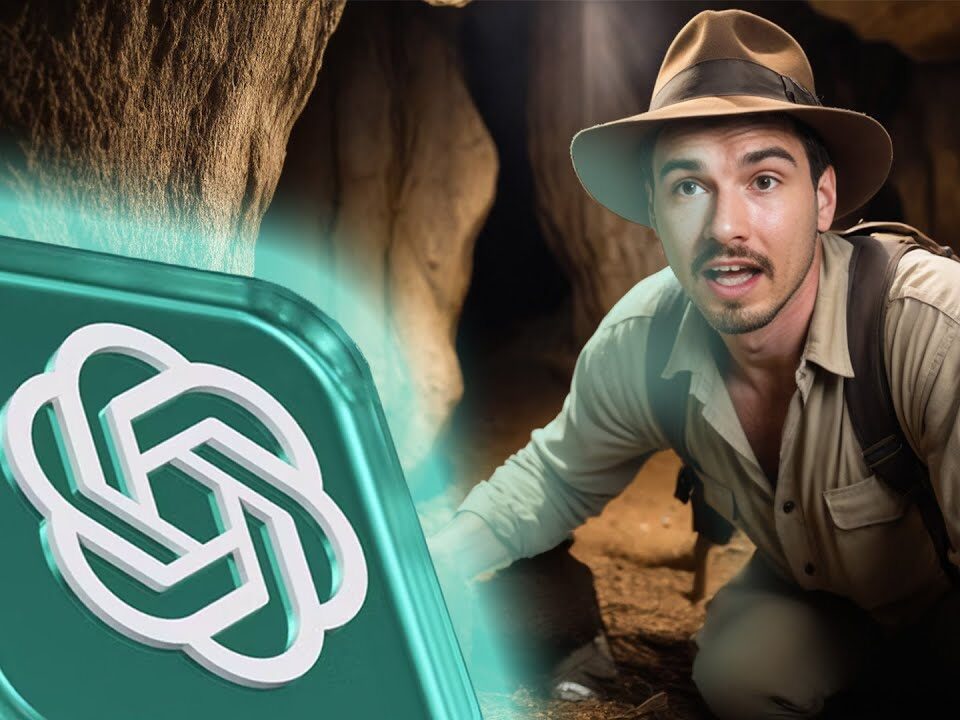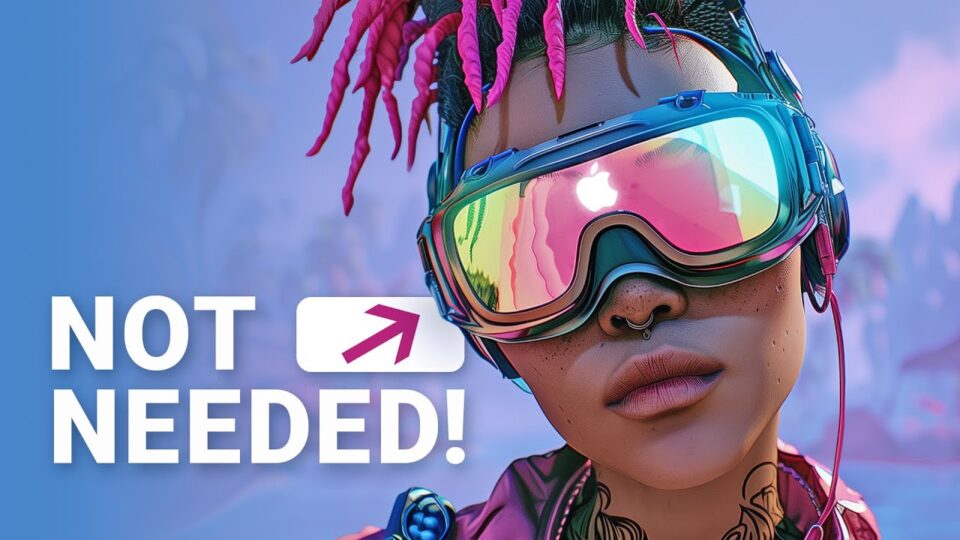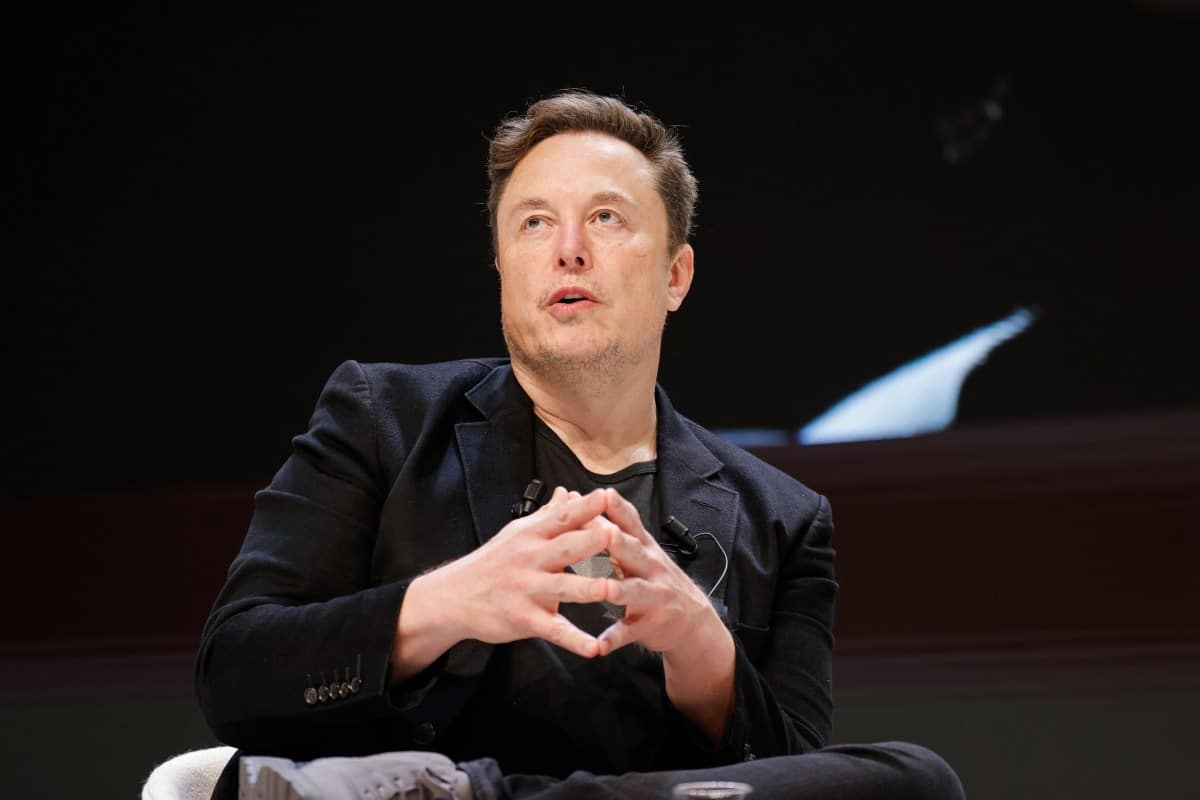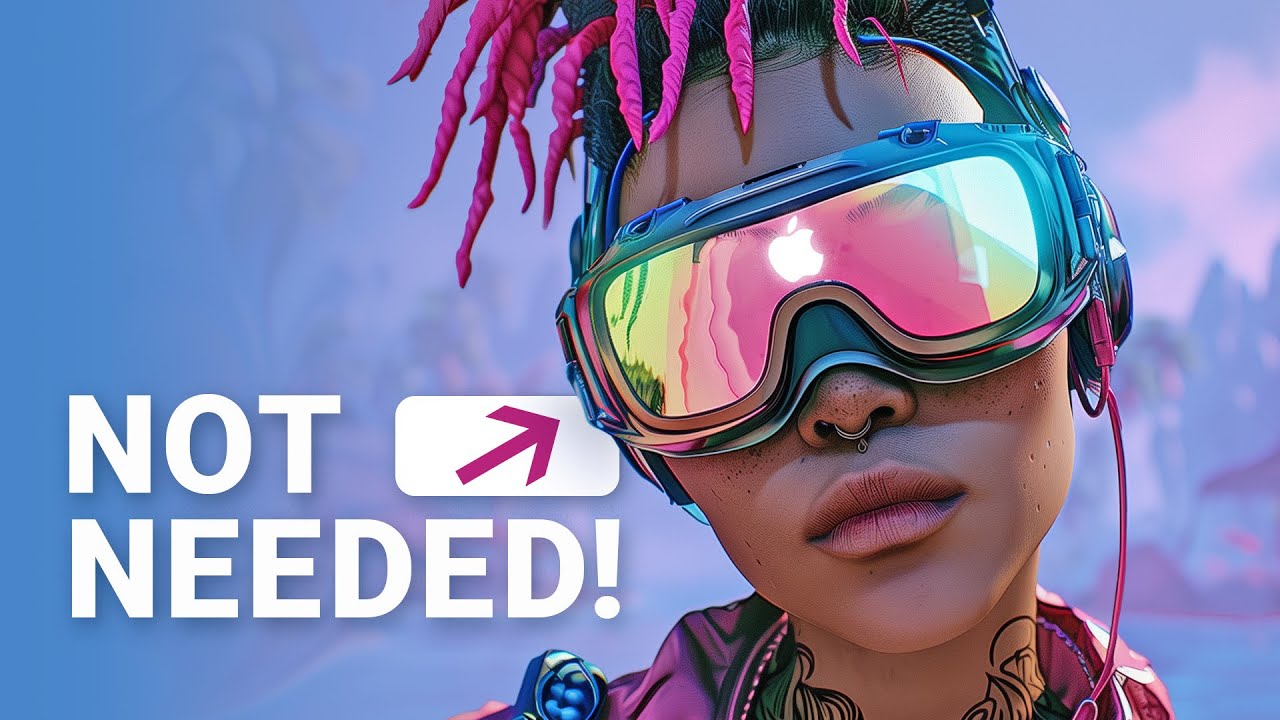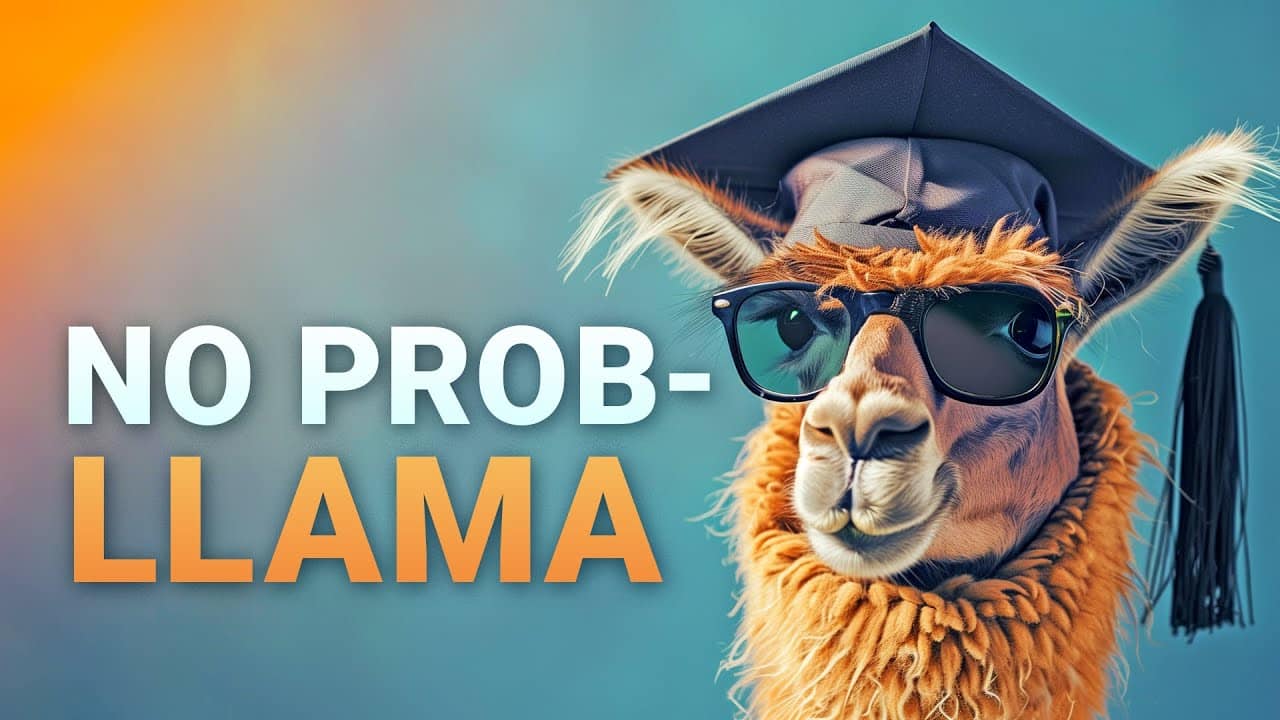Imagine trying to juggle multiple tasks, conversations, and pieces of information without missing a beat. Just a year ago, this feat would have been next to impossible with ChatGPT. Today, however, the game has changed with the introduction of the mentions and history features in ChatGPT. These tools have become indispensable for anyone looking to supercharge their productivity and workflow.
The mentions feature is straightforward yet transformative. It allows users to bring a different GPT, each with unique instructions and capabilities, seamlessly into an ongoing conversation. This feature lets you mix and match capabilities, enabling more detailed context and long conversations that yield better results.
For instance, a popular AI expert demonstrated the effectiveness of the mentions feature by using a specialized GPT called the Innovator. This GPT asks intelligent follow-up questions to refine your ideas. In an example workflow, the Innovator helped generate 20 solid ideas tailored to learning practical AI skills and tools for boosting productivity.
Once the ideas were ready, the mentions feature made it easy to switch to the Copywriter GPT to turn those ideas into compelling website headlines. The Copywriter GPT ignored the Innovator’s instructions and focused on crafting engaging copy, showcasing how each GPT’s distinct role can be leveraged effectively.
This two-step process—first exploring context and then transforming it—is incredibly powerful. You can gather comprehensive information in one conversation and then seamlessly shift to another GPT to get the final output you need. This removes the manual effort of combining different GPTs and streamlines the entire workflow.
Meanwhile, the new history feature complements the mentions feature perfectly. It automatically manages your context, saving it without counting towards the context window limits. This is particularly useful for extended projects, where multiple conversations pertain to a single topic.
Imagine working on a complex project involving numerous pieces of information—technical details, market research, client feedback—all needing to be woven together. The history feature ensures that all relevant context is consistently available, making the workflow smoother and more efficient.
Moreover, the combination of mentions and history empowers users to craft more personalized and effective GPTs. You can create a GPT tailored to your specific needs, making your interactions more efficient and productive. Whether you’re generating content, drafting emails, or brainstorming new ideas, these features save you time and effort.
The community has also experimented with these features, revealing innovative use cases. One fascinating example involved crafting a conversation between two popular personalities to discuss the impact of AI on job markets. This not only highlighted the creative potential of these features but also underscored their versatility.
Ultimately, adapting these features into your workflow can significantly enhance your productivity. The key lies in understanding the two-step process: gather detailed context first and then transform it using specialized GPTs. This method not only optimizes your workflow but also opens up new possibilities for creative and practical applications.
These new features in ChatGPT—mentions and history—offer a groundbreaking way to manage and utilize context, making your interactions more powerful and efficient. Embrace this two-step process to transform your productivity and unlock new creative potentials.
